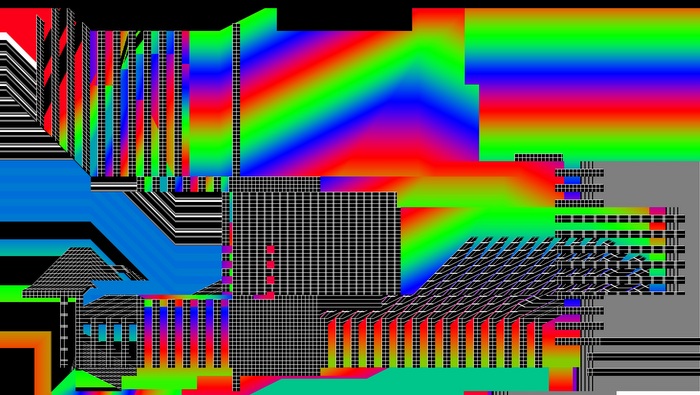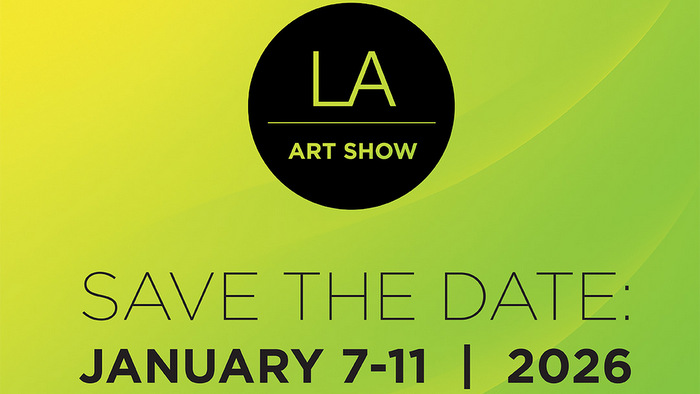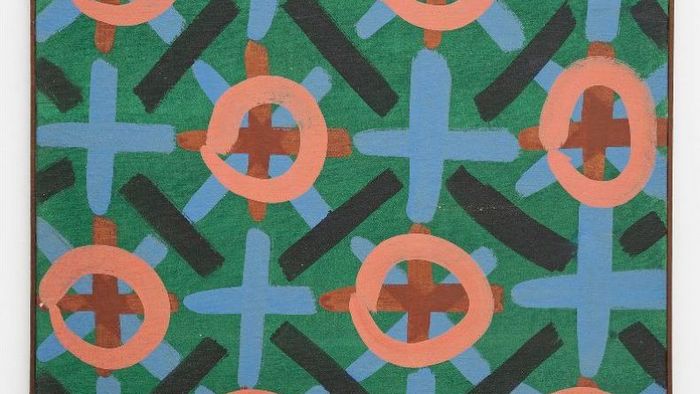The 60th Venice Biennale opens next week, with Adriano Pedrosa as its curator, marking the first time a Latin American has held this position. It was a pleasure to hear that Waldemar Cordeiro is among the artists selected for this edition, whose theme is “Foreigners Everywhere,” bearing the guiding notion of “being a foreigner,” that is, the feeling of nonbelonging, even in one’s own territory.
Waldemar Cordeiro is being featured in the historical nucleus, in the section focused on abstraction and the Italian diaspora in the Global South. The work in the show is from his so-called “Intuitive Geometry” phase. One of the most important artists in Brazilian art history, Waldemar Cordeiro was a key figure in the transition from modern to contemporary art, and a pioneer in the art movements of Concretism and Computer Art in Brazil and abroad, as well as a distinguished landscape architect. His interdisciplinary production, informed by timeless ideas, underwent various phases of investigation, including that of “Intuitive Geometry,” from 1960 to 1963, situated between the Concrete and Popcrete art movements. Concretism (1950s) used primary colors and precise geometric lines, seeking the renewal of the values of visual arts and the creative process in keeping with a Constructivist aesthetic. For its part, “Intuitive Geometry” maintained the same spatial organization of the canvas and fidelity to Gestalt visual principles, but set aside the ruler and compass to embrace free drawing and colors. Both phases combined colors in compositions that were spatially organized to engage with the viewer’s innate perception. The “Intuitive Geometry” phase involved concepts relevant to a typically Brazilian formal and chromatic visuality in abstraction, positioning Waldemar Cordeiro as an important turning point on the path to contemporary art in Brazil.
On the cover: Waldemar Cordeiro, Sem título | Untitled, 1963. photo: Edouard Fraipont. (Detail)
Source: Luciana Brito Galeria
Related Publications

Zero 10 at Art Basel Miami Beach: A New Space for the Digital Era of Art
December 03, 2025













